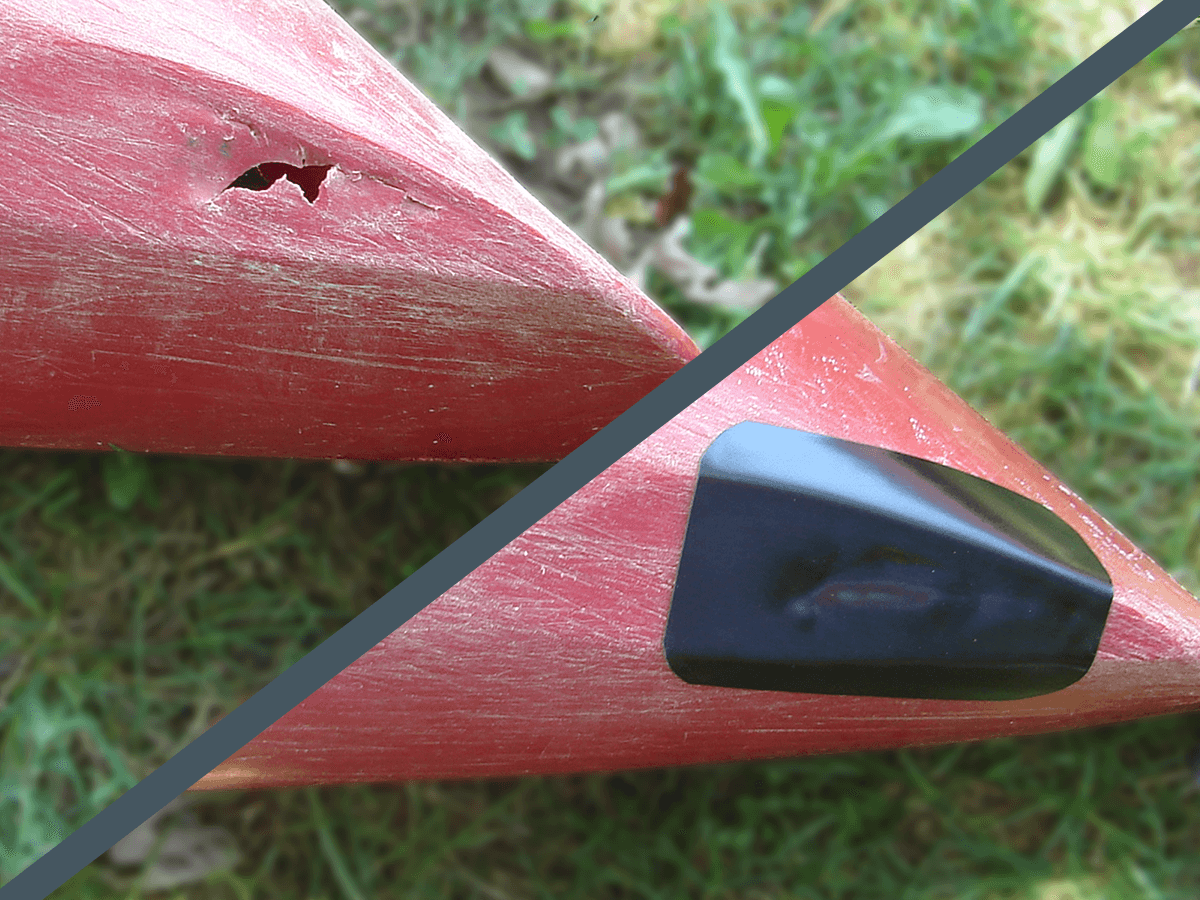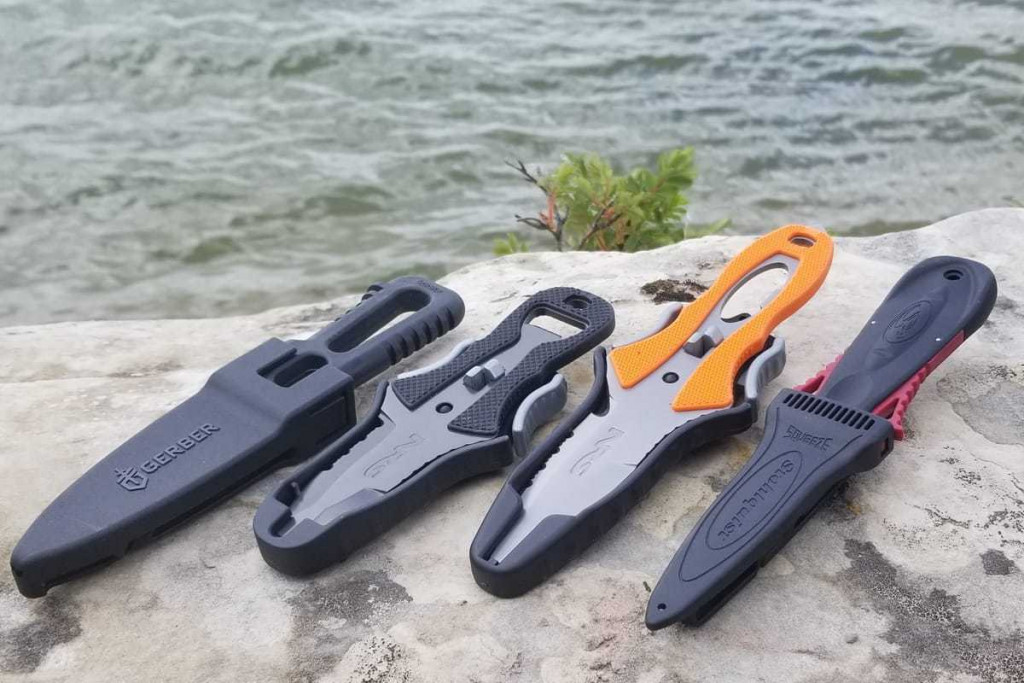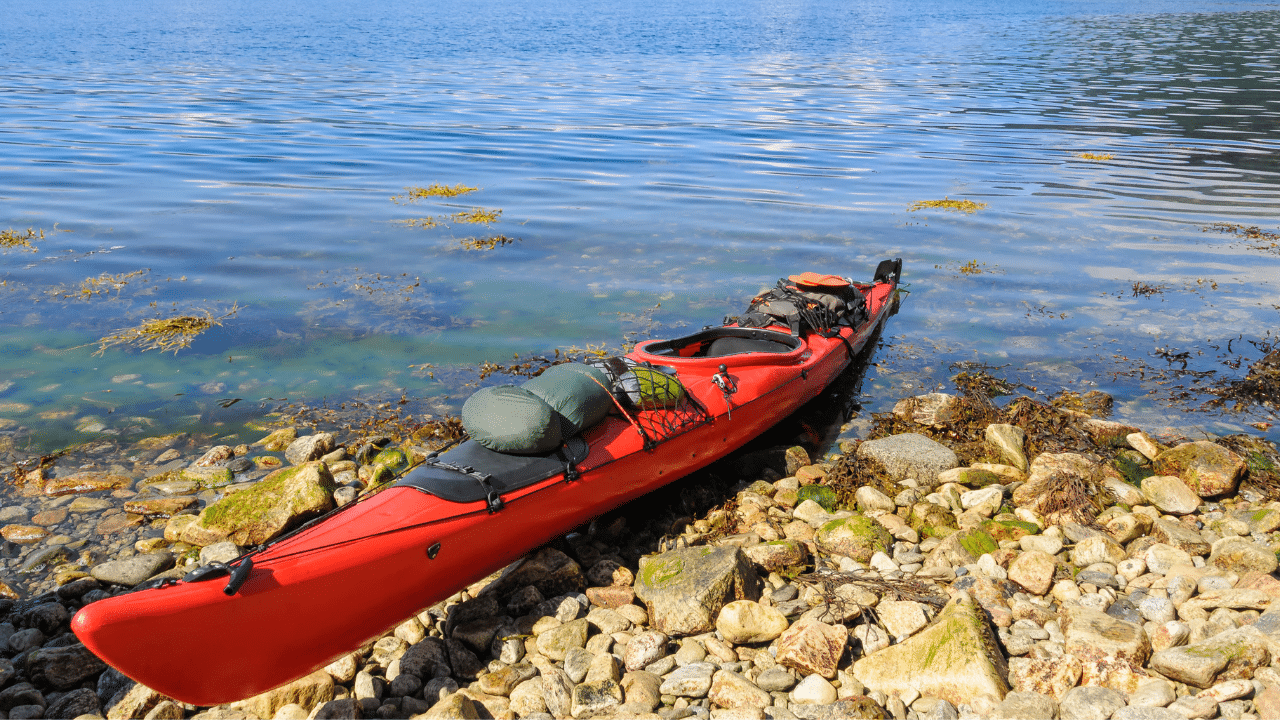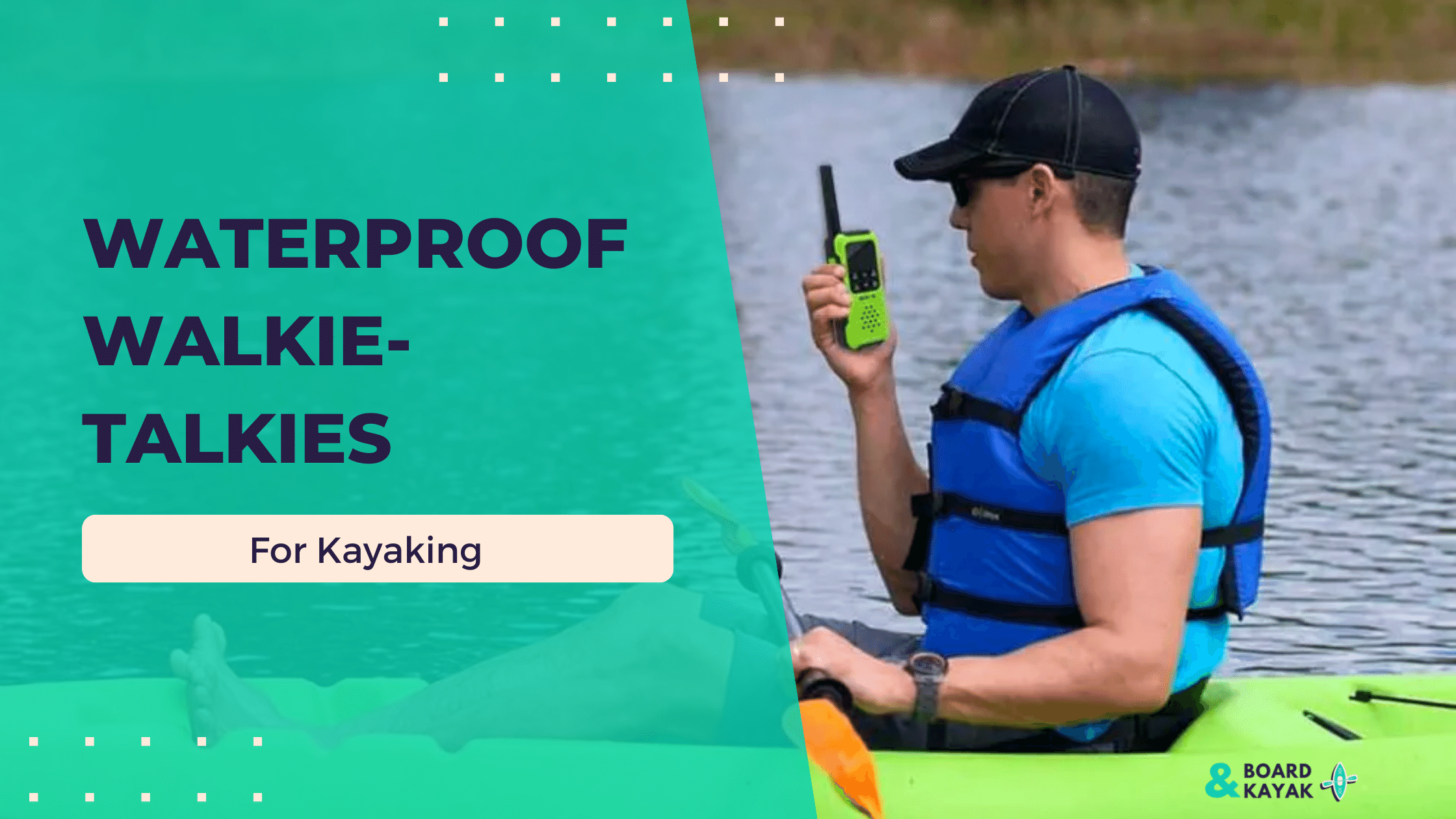
- Alabama
- Alaska
- Arizona
- Arkansas
- California
- Colorado
- Connecticut
- Delaware
- Florida
- Georgia
- Hawaii
- Idaho
- Illinois
- Indiana
- Iowa
- Kansas
- Kentucky
- Louisiana
- Maine
- Maryland
- Massachusetts
- Michigan
- Minnesota
- Mississippi
- Missouri
- Montana
- Nebraska
- Nevada
- New Hampshire
- New Jersey
- New Mexico
- New York
- North Carolina
- North Dakota
- Ohio
- Oklahoma
- Oregon
- Pennsylvania
- Rhode Island
- South Carolina
- South Dakota
- Tennessee
- Texas
- Utah
- Vermont
- Virginia
- Washington
- West Virginia
- Wisconsin
- Wyoming
Survival on the Water: The Kayak Knife (Our Top Picks!)
Knife For Kayaking
Kayaking is thrilling, but being prepared on the water is key. A must-have for every kayaker is a dependable kayak knife. It's vital for fishing, exploring, and even emergency situations.
Selecting the right kayak knife can seem daunting. We've done the work for you, compiling a list of top-rated kayak knives – ideal for fishing, safety, river trips, and even those designed for life jacket attachment.
Key Factors in a Great Kayak Knife:
- Razor-Sharp, Durable Blade: Critical for any scenario.
- Secure Sheath: Safe storage, yet quick access is essential.
- Life Jacket Integration: PFD clips/lash tabs for fast deployment.
Our curated list of the best kayak knives will guarantee you're ready for anything on your next kayaking adventure.
Ready to choose the ideal kayak knife? Explore our top picks and enhance your on-water preparedness!
Best Knives For Kayaking
NRS Pilot Knife: The Ultimate Kayaking Companion
Your search for the perfect kayak knife ends here. The NRS Pilot Knife is the versatile, durable tool you need for every on-water adventure.
Key Features:
- Razor-Sharp Versatility: 3-inch 420 HC stainless steel blade tackles rope, fishing line, and any unexpected task. Smooth and serrated edges give you options.
- Safe and Smart: Blunt tip for safety, built-in rope cutter for quick action in emergencies.
- Built to Last: Glass-reinforced polypropylene handle stands up to the elements.
- Extras That Count: Bottle opener for post-paddle relaxation, glass-breaker tip for the unexpected.
- Secure and Convenient: Fiberglass-reinforced nylon sheath locks tight, releases easily, and clips right to your PFD.
The NRS Pilot Knife: It's more than a knife, it's your kayaking lifeline.
Columbia River Knife & Tool Bear Claw: Conquer River Rapids with Confidence
When navigating challenging rapids, every second counts. The Bear Claw is the ultimate tool for when precision cuts and lightning-fast action could mean the difference between a thrilling adventure and a dangerous rescue.
Key Features:
- Unstoppable Cutting Power: Curved, Triple Point serrated blade effortlessly shreds through rope, webbing, and nets.
- Precision in Chaos: Finger hole and friction grooves guarantee a secure grip, even in the most chaotic conditions.
- Featherweight for Critical Moments: Designed for speed when time is of the essence.
- Ready When You Need It: Multiple lanyard holes and belt slots for versatile and accessible attachment.
Gerber CrossRiver Saltwater: Defy the Elements
Saltwater kayakers, this is your blade. The Gerber CrossRiver Saltwater knife laughs at corrosion, so you can focus on adventure, not maintenance.
Key Features:
- Salt Rx Coating: Your armor against the harsh marine environment.
- Unstoppable Grip: Hydrotread Grip means no slips, even with wet hands.
- Ambidextrous Design: Easy to use and deploy no matter your dominant hand.
- Fishing and Utility Master: Smooth and serrated edges tackle everything from lines to unexpected tasks.
- Safe & Secure: Blunt tip adds safety, PFD clip keeps it close.
The Gerber CrossRiver Saltwater: Conquer the coast, worry-free.
NRS Neko Blunt Knife: Your Compact, Safety-First Kayaking Multitool
Pack light, but pack smart. The NRS Neko Blunt Knife combines essential tools with a focus on safety for worry-free paddling.
Key Features:
- Safe and Versatile: Blunt tip minimizes injury risk, while the smooth & serrated blade handles various cutting needs.
- Quick-Draw Convenience: Friction-release sheath clips securely to your PFD for one-handed deployment.
- Unexpected Extras: Built-in bottle opener (for celebrating a great day!) and oxygen tank valve wrench for emergencies.
- Compact Power: Small but mighty, this knife proves big things come in small packages.
The NRS Neko: The lightweight lifesaver you'll always want on board.
Gear Aid Akua Blunt Tip Paddle Knife: Big Features, Small Price
Don't let a tight budget compromise your on-water safety. The Gear Aid Akua is your all-around freshwater companion, packed with essential tools at a wallet-friendly price.
Key Features:
- Cut, Rescue, Repair: Titanium-coated stainless steel blade tackles rope, fishing line, even unexpected fixes with smooth and serrated edges.
- Smart and Safe: Blunt tip for safety, doubles as a screwdriver. Perfect for inflatables.
- PFD Ready: Detachable clip means it's always attached and within reach.
- Celebration Included: No paddle trip is complete without a bottle opener!
The Gear Aid Akua: Proof that great gear doesn't have to break the bank.
Related What do professional kayakers carry in their pfds?
Why Should You Carry A Knife In Your Life Jacket When You Go Kayaking Or Rafting?
Rescue
Rescue
Paddling activities like kayaking and rafting can present significant risks, mainly if you are doing it in an environment where there is a greater possibility of turning over, such as in the ocean or on a whitewater river. Many other ways might make you stuck, such as being entangled with your paddle leash or even a rescue line. However, the most common cause of becoming trapped is falling in. If you can swiftly remove your knife from your PFD, it may indicate that you can escape the situation.
If you keep your knife stashed away in your kit bag or some other location on deck, having it tied to your PFD makes it much simpler and quicker to retrieve in an emergency. Some personal flotation device (PFD) knives may also contain other functionality, such as a glass breaker, which may be utilized if the user needs to smash their way out of a vehicle or another vessel.
Kayak Fishing
Kayak Fishing
When kayak fishing, having a knife on hand might be helpful, but having one tied to your flotation device (PFD) can be even more convenient because it will be within easy reach. Knives are convenient tools for cutting fishing lines and daily fishing-related chores. However, even if you are fishing from a kayak, the knife that comes with your PFD can still come in handy for any rescues that may be necessary due to the fishing gear you are using.
General Use
General Use
PFD knives are versatile tools that lend themselves to several different uses. One scenario in which they can come in is kayak camping. Sometimes a personal flotation device (PFD) knife will include additional capabilities, such as a bottle opener or a smooth edge that is great for cutting food or spreading it.
If you need to mend anything, for instance, you can use them to tighten screws, and you could also discover that they come in handy for other purposes.
Knife Options Available On Personal Flotation Devices
Types Of PFD Knife
Rescue
When opposed to a utility knife, a rescue knife will often have a more limited selection of options to choose from. Because it is usually developed with safety and rescue in mind, it will typically give efficient cutting with features designed to assist blade control or grip. This is because it is intended to be used in potentially dangerous situations.
Utility
Utility
A utility knife, as opposed to a rescue knife, will often include a more significant number of functions. This is done so that you can use the utility knife in a broader range of contexts, such as when you are opening a bottle or camping for the evening. In addition to its use in a rescue operation, it also has applications in outdoor activities like camping, hiking, and fishing.
Choosing the Right Kayak Knife: Key Features
A kayak knife is essential for safety and a wide range of water-based tasks. Here's what to look for:
PFD Attachment Point
One of the biggest benefits of a kayak knife is secure attachment to your PFD's lash tab. This keeps your knife easily accessible and often tethered to your life jacket even after deployment.
How to attach a knife to your pfd
Blunt Tip
Blunt Tip
Many kayak knives have blunt tips for added safety while on your person. They can still cut when sheathed and are less likely to puncture inflatables than sharp-pointed blades.
Corrosion Resistance
Ease of access is vital, so look for a sheath that releases quickly and ideally with one hand. Many kayak knives secure in their sheaths but are designed for lightning-fast removal in emergencies.
Sheath With Easy Release
Easy Release Sheath
One advantage of carrying a knife on your PFD is that it is simple to access, but you should also consider getting a knife with a sheath that can be quickly removed when necessary. Many personal flotation device (PFD) blades may be secured within their sheaths by a locking mechanism when not in use.
However, if you are in a precarious situation, you will need to be able to extract the knife from its sheath as soon as possible. Because it makes the sheaths easier to operate, removing them with just one hand is often possible.
Other Characteristics
While some knives are intended to serve just as search and rescue instruments, others are made to be more flexible in their uses. Other features included are a screwdriver, a bottle opener, a wrench for an oxygen valve, and a glass breaker.
To make your knife more than simply a rescue tool, the paddling you do and how versatile you want it to be will determine whether you need these additional capabilities on your blade.
River Kayaking Knife Safety
River Kayaking Knife Safety
It's vital to handle and store your kayak knife responsibly to prevent injuries. Here's how to ensure maximum safety:
- PFD Lash Tab: Many PFDs have a lash tab (a square holding piece on the chest or shoulder) designed for secure knife attachment. Knife sheaths often snap onto this tab, ensuring they remain attached to your PFD even if the knife is urgently deployed.
- Secure Sheathing: Always keep your knife securely sheathed when not in use. This prevents accidental cuts and protects your blade.
- Proper Removal Technique: Follow the manufacturer's instructions on how to safely remove your knife from its sheath to avoid slipping and cutting yourself.
- Smart PFD Placement: Consider where you attach your knife on your PFD. Depending on your knife, PFD, and activity, you may prefer horizontal or angled mounting. Ensure the knife won't injure your chin or face if you're unexpectedly tossed by rapids or waves.
- Transferring to Another PFD: Always remove the sheath from your PFD before attaching it to another life vest.
How To: Remove a Knife Sheath from Your PFD
The Best Kayak Knives: Our Top Picks
After careful review, we believe the NRS Pilot Knife offers the best overall value for kayakers. Its versatility, safety features, and quick-release sheath make it ideal for both rescues and everyday tasks.
For saltwater adventurers, the Gerber CrossRiver Knife is a strong contender. Its corrosion-resistant blade and sharp point excel in marine environments, especially for kayak fishing.
Remember, the right knife depends on your kayaking style:
- Campers and explorers: Consider a multi-purpose utility knife like the NRS Pilot.Whitewater paddlers: A specialized rescue knife might be a lifesaver.
Frequently Asked Questions
What is the purpose of a kayaking knife?
A kayaking knife is a tool that can be used for a variety of purposes while on the water, such as cutting rope, opening packages, and even self-defense in emergency situations.
What type of blade is best for a kayaking knife?
A stainless steel blade with a serrated edge is generally considered the best option for a kayaking knife as it is durable and can easily cut through a variety of materials.
How do I properly care for my kayaking knife?
To properly care for your kayaking knife, be sure to clean and dry it after each use, oil the blade to prevent rust, and store it in a dry place.
How should I carry my kayaking knife while on the water?
It is important to keep your kayaking knife securely fastened to your person or kayak while on the water to ensure it is easily accessible in case of emergency.
Is it legal to carry a kayaking knife?
It depends on the laws of the country or state you are kayaking in. Be sure to familiarize yourself with any relevant laws and regulations before carrying a knife while kayaking.
Can a kayaking knife be used for other outdoor activities?
Yes, a kayaking knife can be a useful tool for a variety of outdoor activities such as camping, hiking, and even fishing.











